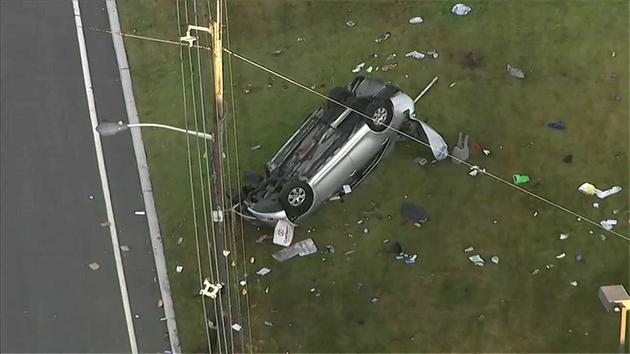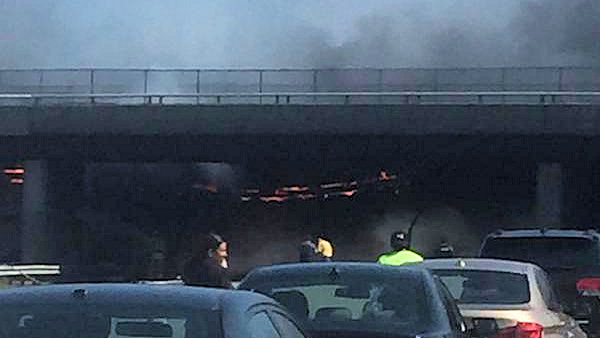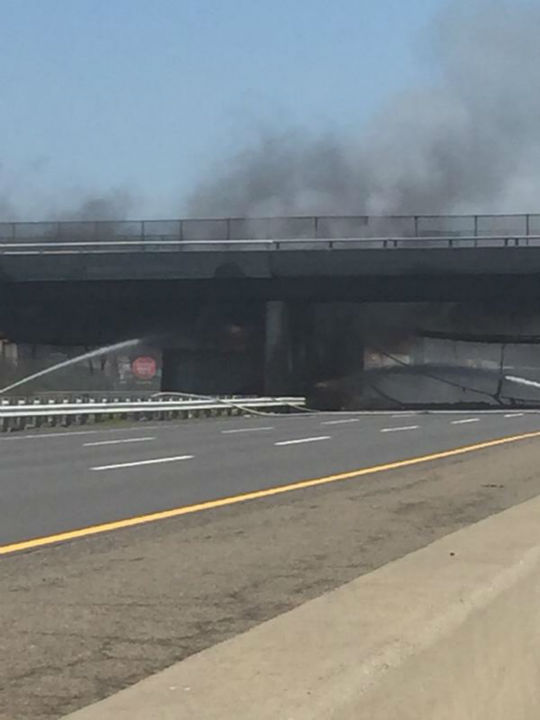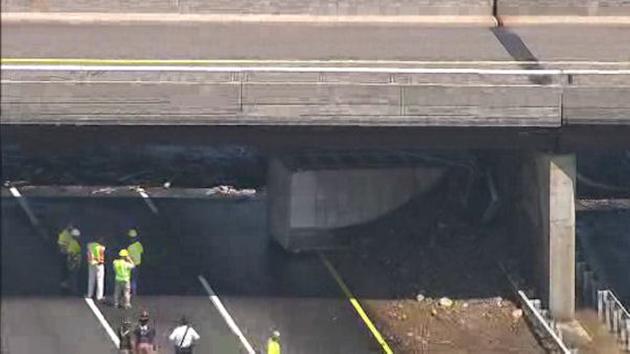

AUGUST 4, 2015
SEVIERVILLE (WATE) –
A Sevierville zip line company said an employee rushed to the hospital Monday morning did not fall from a zip line. Instead, they say he fell from a landing platform.
Wahoo Ziplines said Jeremi E. Blair, 35, fell from the platform on the first zip line on the course at approximately 11:00 a.m. Monday. Sevier County Sheriff Ron Seals said Blair fell approximately fifty feet from a zip line. However, the Sevierville zip-line company said he actually fell only 25 feet onto a sloped hill, then rolled another 50 feet.
“One of Wahoo Ziplines’ guides, Jeremi Blair, fell from a platform while performing a routine stop of one of our guests at the end of a line,” said Wahoo Zip lines in a statement. “He currently is being treated for minor injuries and is expected to be released from the hospital tomorrow.”
Sheriff Seals said Blair had to be carried out of the woods by fire and emergency personnel. He was taken to UT Medical Center by helicopter with serious injuries, however Wahoo Zip Lines said Blair is only being treated for minor injuries and is expected to be released from the hospital Tuesday.
At Wahoo Ziplines, the safety of our guests and employees is our number one priority. In addition to our own daily, internal safety checks, we are inspected by the Association for Challenge Course Technology (ACCT) annually. Our most recent inspection was approximately one month ago in July, 2015. We passed inspection with no issues, as we have every year of operation.
The Tennessee Division of Workplace Regulations and Compliance said they have required Wahoo Ziplines to cease operation until a qualified third-party inspector can look over the course and report to their office that the zip line is safe for public use. The department temporarily suspended Wahoo Ziplines annual permit.
Wahoo Ziplines said the cause of the fall is still unknown and the accident is still under investigation.
///////////-----////////

SEVIERVILLE, TN (WATE) –
A zip line attraction employee was rushed to the hospital Monday morning after he fell around 50 feet from a zip line into the woods below.
The Sevier County Sheriff’s Office says the accident occurred around 11 a.m. at Wahoo Zip Lines, 1200 Matthews Hollow Road.
The employee, Jeremy Blair, 35, had to be carried out of the woods by fire and emergency personnel. He was taken to UT Medical Center by helicopter with serious injuries.
The cause of the accident is still under investigation.























